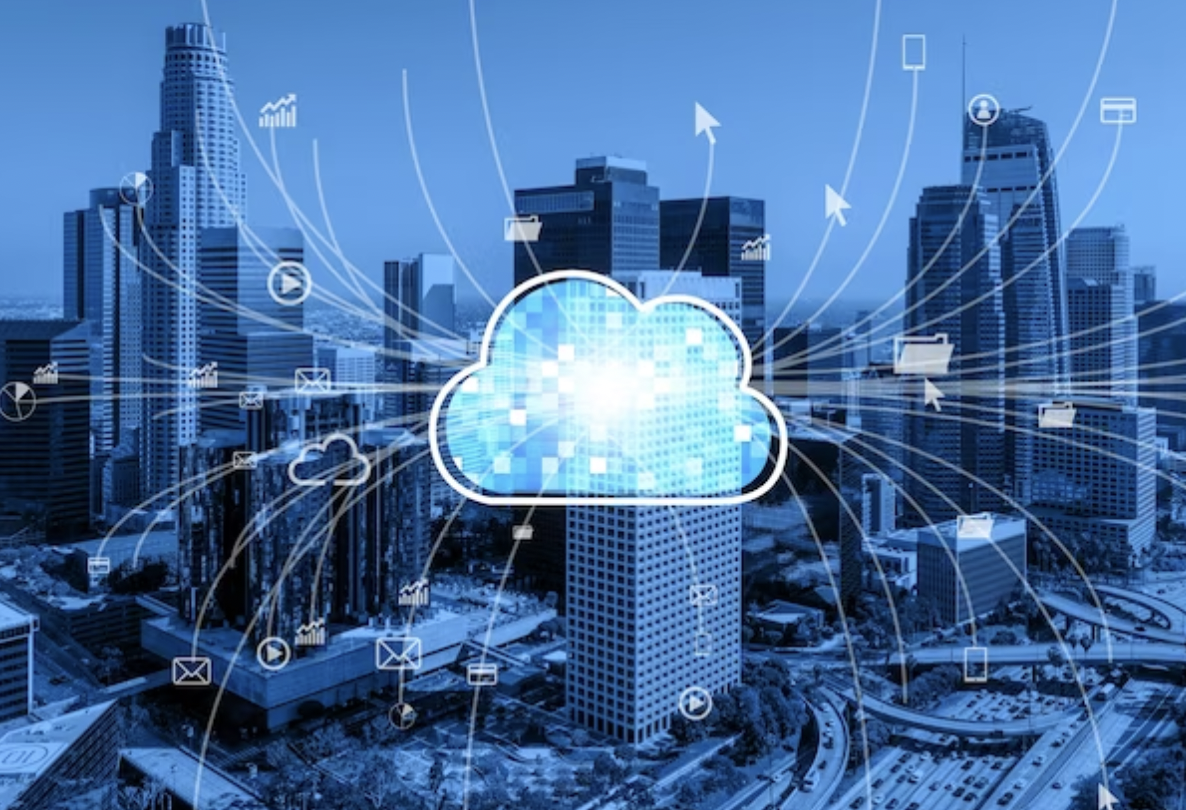Introduction
Cloud Computing refers to the service of providing computing resources over the internet. These resources may include applications, servers, data storage, development tools and networking capabilities. The Cloud Service Provider usually charges a subscription fee for the services or bills according to usage.
According to Fortune Business Insights, the global cloud computing market size was valued at $569.31 billion in 2022 & is projected to grow from $677.95 billion in 2023 to $2,432.87 billion by 2030.
Types of Cloud Computing
There are broadly three types of cloud computing:
Public Cloud: In this type of cloud, the Cloud services are accessible to the general public via the internet. Charges may be through subscription or pay-per-use. Examples are Amazon Web Services (AWS), Google Cloud, IBM Cloud, Microsoft Azure, and Oracle Cloud.
Private Cloud: Here all the Cloud Infrastructure and Resources are dedicated to a Private Entity. This may be essential when the data stored needs to be kept confidential or when processors need to be kept free for heavy scientific computation.
Hybrid Cloud: In this, an enterprise uses the mixed combination of a public and private cloud. This gives the organization flexibility to choose the optimal cloud for each workload and reduce costs and improve efficiency.
Use Cases
Cloud Computing may be used in the following use cases:
Storing, backing up and recovering data: Backing-up your data offsite, allows access on different devices and provides an alternate source for recovery in case of loss.
Streaming audio and video: Rather than store heavy data like audio and video on a device, you can stream them directly from the cloud
Creating cloud-native applications: By taking advantage of cloud-native technologies and approaches, such as containers, Kubernetes, microservices architecture, API-driven communication, and DevOps you can quickly build, deploy, and scale applications – web, mobile, and API.
On-demand software: Through cloud, you can access latest versions of software and updates anyplace anytime.
Testing and building applications: You can save time and cost while making applications by utilizing the ready-made infrastructure available on cloud.
Analyzing Data: With cloud you get voluminous data from numerous locations which you can analyze and turn to your advantage.
Types of Services
Cloud Computing Services can be classified into the following types:
IaaS: This is Infrastructure-as-a-Service. It means that you can choose and pay for the basic building blocks – servers, networking and storage, combining them in a way that meets your requirements.
PaaS: This is Platform-as-a-Service. Here, the most plausible and ready-made combinations of infrastructure are offered, so you don’t worry about setting-up and can concentrate on building the applications.
SaaS: Software-as-a-Service, provides software applications to clients over the internet usually for a subscription fee.
Serverless computing: This is like PaaS, but instead of a set infrastructure, it is mutable and managed by the service providers on-the-go. The developers can thus focus on code-building instead of worrying about resource management
Benefits of Cloud Computing
Lower Costs: Cloud Computing does away with the cost of setting up hardware at access centers. With a centralized computing system, the existing spread of the internet takes care of transmission.
Scalable and Elastic: Computing resources can be judiciously deployed, based on local population and usage.
Improved Agility: The cloud gives you the choice of a broad range of technologies so you can concoct your own creation and innovate something new. The building process is less of an ordeal because you don’t have to set up right from basics.
Time Saving: Enterprises don’t need to spend time on building a relay system. The only effort that’s needed is to upgrade the cloud. Availability on nodes is automatic.
Conclusion
Cloud Computing provides high-end services to customers over the internet, without installing processors near the clients. This although saves on transmission costs, it may cause latency. Edge Computing involves setting up semi-autonomous processors near the client, which can perform small local tasks and thus save on latency. A judicious combination of Cloud Computing and Edge Computing will bring more benefits to our evolving society.
Image Sourced from Freepik
